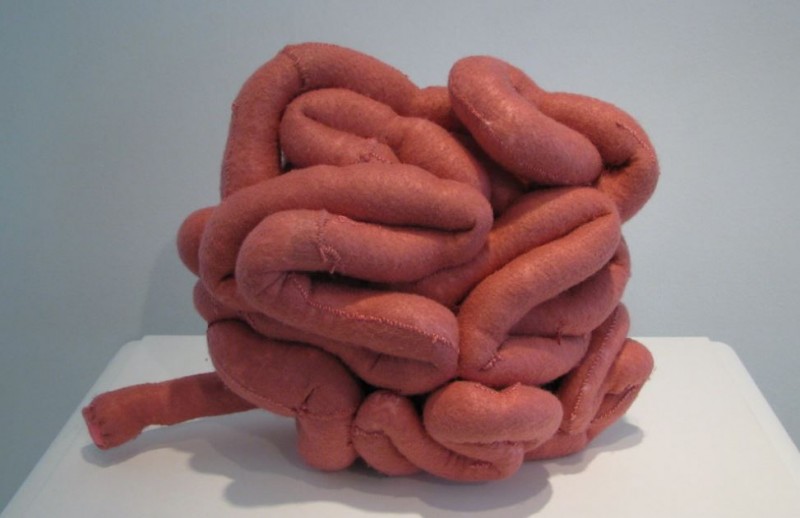
The small intestine, despite its name, is approximately 20 feet (6 meters) long in adults. It is a crucial part of the digestive system and plays a vital role in the absorption of nutrients from the food we consume. In this article, we will delve into the fascinating world of the small intestine, examining its anatomy, functions, and the importance of maintaining its health.
1. Introduction
The small intestine is a long, tube-like organ located in the abdominal cavity, connecting the stomach to the large intestine. Despite its name, the small intestine is anything but small when it comes to length. It spans an impressive 20 feet (6 meters) in adults, making it a critical player in the digestion and absorption of nutrients.
2. Anatomy of the Small Intestine
The small intestine consists of three main sections: the duodenum, the jejunum, and the ileum. The duodenum is the shortest part, measuring about 10 inches (25 centimeters), while the jejunum and ileum make up the majority of its length. The inner lining of the small intestine contains millions of tiny finger-like projections called villi, which greatly increase the surface area available for nutrient absorption.
3. Segments of the Small Intestine
a. Duodenum: The duodenum is the first segment of the small intestine. It receives partially digested food from the stomach and plays a vital role in the breakdown of nutrients.
b. Jejunum: The jejunum is the middle segment of the small intestine. It is responsible for further digestion and the absorption of nutrients.
c. Ileum: The ileum is the final segment of the small intestine. It connects to the large intestine and absorbs remaining nutrients, as well as bile salts and vitamin B12.
4. Functions of the Small Intestine
The small intestine performs several essential functions in the digestive process:
a. Digestion: The small intestine receives food from the stomach and continues the breakdown process using various enzymes and digestive juices.
b. Nutrient Absorption: The inner lining of the small intestine contains specialized cells that absorb nutrients, such as carbohydrates, proteins, fats, vitamins, and minerals, into the bloodstream.
c. Secretion: The small intestine secretes enzymes and hormones that aid in the digestion and absorption of nutrients.
5. Nutrient Absorption
The small intestine employs a highly efficient mechanism for nutrient absorption. The surface area is increased by the presence of villi, which are covered in even smaller microvilli. This intricate structure allows for maximum absorption of nutrients into the bloodstream, ensuring our bodies receive the necessary nourishment.
6. The Role of Enzymes
Enzymes play a crucial role in the digestion and absorption process within the small intestine. Different enzymes break down specific nutrients into smaller, more easily absorbed molecules. For example, amylase breaks down carbohydrates, proteases break down proteins, and lipases break down fats.
7. Maintaining Small Intestine Health
To keep the small intestine functioning optimally, it is essential to maintain a healthy lifestyle and diet. Here are a few tips for promoting small intestine health:
a. Balanced Diet: Consume a well-balanced diet rich in fiber, vitamins, and minerals to support the digestive system.
b. Hydration: Drink an adequate amount of water to keep the small intestine hydrated and maintain healthy bowel movements.
c. Regular Exercise: Engage in regular physical activity to promote healthy digestion and overall well-being.
8. Common Disorders of the Small Intestine
a. Celiac Disease: An autoimmune disorder where the small intestine is hypersensitive to gluten, causing inflammation and damage to the lining.
b. Crohn's Disease: A chronic inflammatory bowel disease that can affect any part of the digestive tract, including the small intestine.
c. Small Intestinal Bacterial Overgrowth (SIBO): An overgrowth of bacteria in the small intestine, leading to digestive symptoms and nutrient malabsorption.
Conclusion
The small intestine, despite its misleading name, is a remarkable organ responsible for the digestion and absorption of nutrients. Its extensive length and specialized structure allow for efficient nutrient uptake. By understanding the anatomy and functions of the small intestine, we can appreciate its significance in maintaining our overall health and well-being.
India's Space Program Soars, ISRO Inspires Scientific Advancement